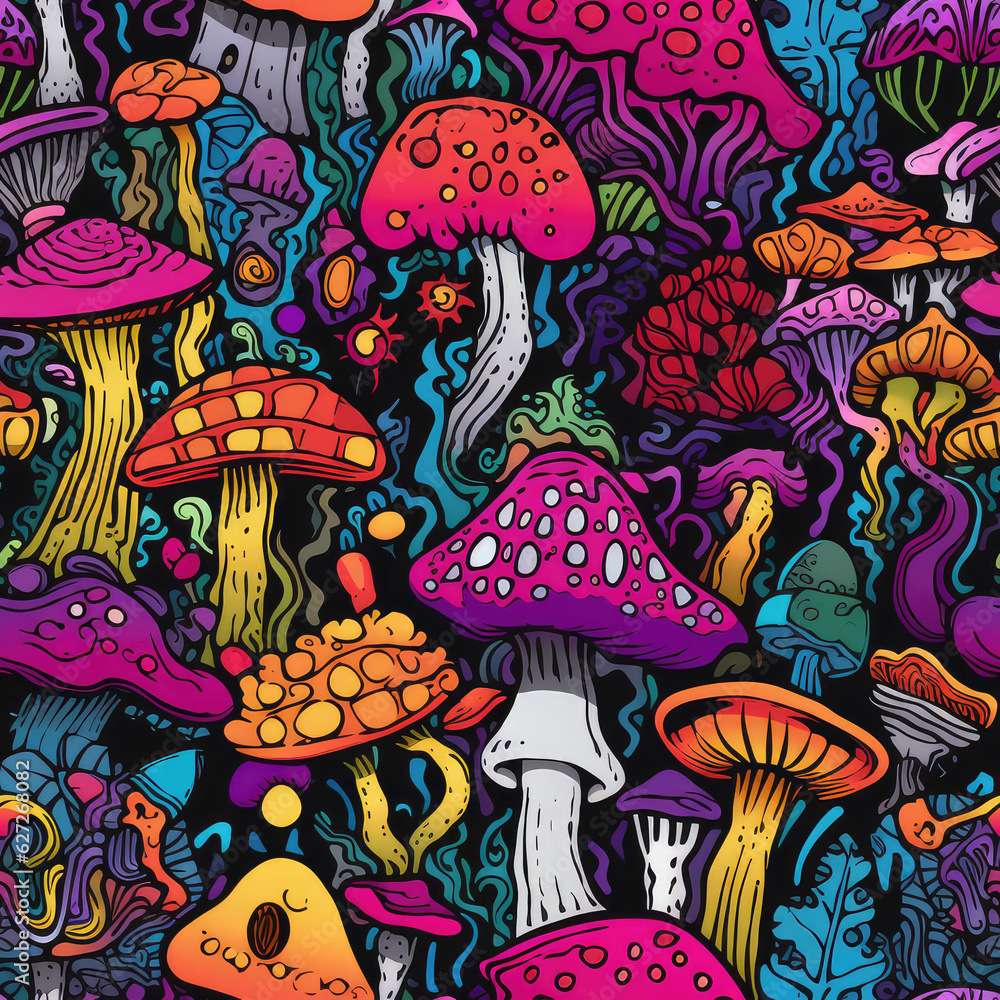Uncover the Truth About Golden Psycho and Its Journey.
Uncover the Truth About Golden Psycho and Its Journey.
Blog Article
Everything About Psychotomimetic Substances: Their Duty in Psychological Research
Psychotomimetic compounds, such as LSD and psilocybin, have actually garnered boosting interest in mental research study for their capability to reproduce psychotic signs and give understanding into different psychological wellness problems. Their interactions within the mind, particularly through serotonin and dopamine pathways, recommend a facility connection in between consciousness and neurobiology that may open novel therapeutic methods. As researchers continue to explore their prospective applications, moral factors to consider surrounding their usage in scientific settings become critical, increasing important concerns concerning safety and security and educated authorization that call for additional exploration.
Definition of Psychotomimetic Compounds
In the realm of psychological study, psychotomimetic compounds are materials that can generate effects resembling those of psychosis, such as hallucinations, misconceptions, and modified assumptions of truth - About Golden Psycho. These substances can be classified right into various categories, including hallucinogens, dissociatives, and particular energizers, each producing unique emotional results
The medicinal activity of psychotomimetic compounds usually includes modulation of neurotransmitter systems, especially those pertaining to serotonin, dopamine, and glutamate. Substances like lysergic acid diethylamide (LSD) mainly act on serotonin receptors, leading to extensive modifications in sensory understanding and cognition.
The utility of psychotomimetics in study depends on their capability to imitate psychotic signs and symptoms, providing a version for comprehending the underlying mechanisms of psychotic problems such as schizophrenia. By examining the effects of these substances, researchers can obtain understandings into the neurobiological and psychological procedures that add to psychosis.
Additionally, psychotomimetic compounds have been checked out for their restorative possibility in treating different mental health conditions, including clinical depression and anxiousness, highlighting their double role in both research study and potential professional applications.
Historic Development and Context
The expedition of psychotomimetic compounds has an abundant historical context that goes back to old human beings, where substances such as psilocybin mushrooms and peyote were made use of in spiritual and healing methods. These early uses frequently linked with religious rituals, recommending a profound respect for the modified states of awareness generated by these substances.
The mid-20th century marked a significant switching point in the research study of psychotomimetic materials, especially with the synthesis of LSD by Albert Hofmann in 1938. The subsequent popularization of LSD in the 1960s catalyzed a wave of passion in both its emotional effects and prospective therapeutic applications. Researchers started to explore how these compounds can mimic psychotic states, offering understandings into mental disorder.
Nevertheless, the boosting association of psychotomimetics with counterculture activities led to regulatory backlash, finishing in the criminalization of much of these compounds. In spite of these difficulties, the rebirth of passion in the therapeutic potential of psychedelics in the 21st century has prompted renewed research study. This historic trajectory emphasizes the evolving perception of psychotomimetic compounds, transforming from sacred substances to subjects of scientific inquiry and, possibly, restorative guarantee.
Devices of Action
Recognizing the systems of action of psychotomimetic substances exposes the intricate methods these compounds communicate with the brain's neurochemistry. These compounds primarily apply their impacts through inflection of neurotransmitter systems, particularly serotonin, dopamine, and glutamate.
Along with serotonin, dopaminergic pathways are significantly affected by compounds like mescaline and specific cannabinoids, which can cause transformed states Clicking Here of consciousness and changes in state of mind and motivation. The NMDA receptor enmity observed with substances like ketamine highlights an additional pathway with which psychotomimetics may cause dissociative states and extensive alterations in assumed processes.
The neurochemical waterfalls initiated by these interactions cause complex and complex psychological results. Understanding these systems is crucial for both the innovation of psychological research study and the healing potential of psychotomimetic compounds, as they give insights right into the underlying neural correlates of transformed states of consciousness.
Current Research and Applications
Recent investigations into psychotomimetic compounds have disclosed a resurgence of interest in their restorative applications, especially in the areas of psychiatry and psychology. Scientists have actually started discovering materials such as psilocybin, LSD, and ayahuasca for their possible to minimize symptoms associated with various mental health and wellness conditions, including anxiety, stress and anxiety, and PTSD.
Clinical tests have demonstrated that, when provided in controlled environments, these substances can help with extensive psychological experiences, advertising psychological innovations and improved healing results. For instance, researches have shown that psilocybin-assisted therapy can bring about significant the original source reductions in treatment-resistant depression, with effects lasting for a number of months post-treatment.
In addition, psychotomimetic substances are being assessed for their capacity to cultivate neuroplasticity, potentially allowing for more efficient rewiring of maladaptive thought patterns. These findings recommend that such compounds might serve as adjuncts to typical psychotherapeutic techniques, enhancing the efficacy of restorative interventions.
As study advances, the focus is shifting in the direction of comprehending the ideal does, healing settings, and participant features that can make the most of the advantages of these substances. This burgeoning area holds guarantee for transforming mental health therapy paradigms and attending to the limitations of traditional psychological medicines.
Moral Considerations in Study

Navigating the moral landscape of research involving psychotomimetic compounds is essential to ensuring individual security and the honesty of research outcomes. Scientists need to focus on educated consent, ensuring that individuals totally understand the possible dangers and benefits associated with the materials being studied. This consists of providing in-depth details regarding feasible emotional effects, including intense and long-term impacts, and allowing participants the chance to withdraw from the research study any time scot-free.
IRBs assess research study protocols to protect participant welfare and support ethical standards. Additionally, the potential for coercion must be thoroughly evaluated, particularly when susceptible populations are involved.
Confidentiality is an additional paramount factor to consider. Scientists need to carry out durable steps to secure participants' identifications and information, particularly provided the sensitive nature of experiences connected with psychotomimetic substances (About Golden Psycho). Ultimately, a commitment to moral methods not only promotes count on in between scientists and participants however additionally boosts the credibility and credibility of the study outcomes, adding to the innovation of mental knowledge

Final Thought
To conclude, psychotomimetic compounds, especially timeless psychedelics such as LSD and psilocybin, deal substantial insights right into psychological conditions through their one-of-a-kind devices of action. Their restorative capacity in attending to conditions click for info like anxiousness and PTSD emphasizes the value of ongoing research in this area. Guaranteeing ethical requirements in study methods is critical for participant safety and security and informed approval, allowing for an accountable expedition of these compounds' benefits and ramifications within psychological science.
Report this page